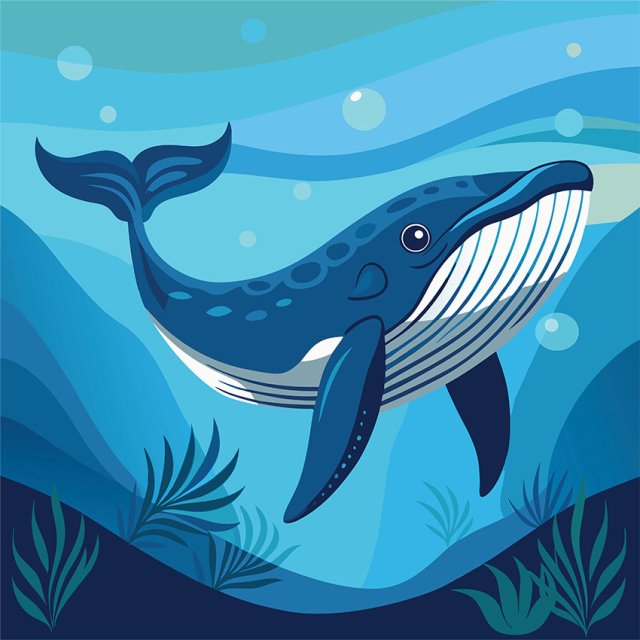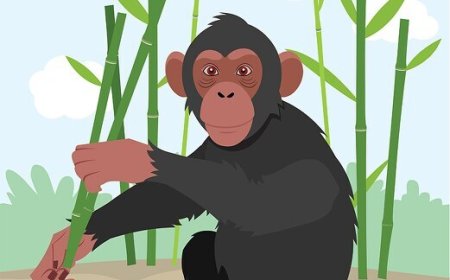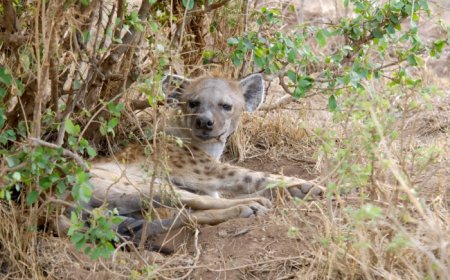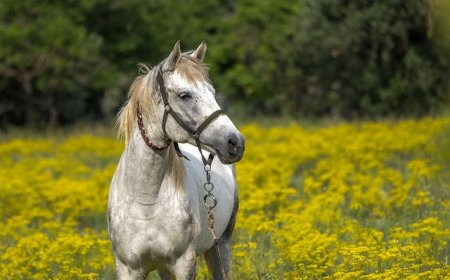All About Orcas for Students: Ocean Hunters and Super Smart Predators
Discover the incredible lives of orcas—also called killer whales—in this full educational article for students. Learn about their hunting strategies, social lives, adaptations, and conservation. Includes quiz, vocabulary, and a kid-friendly summary!

🐋 Orcas: Ocean Hunters and Super Smart Predators
Orcas, also known as killer whales, are powerful and intelligent predators that live in every ocean on Earth. Despite their name, they are not whales—they are actually the largest members of the dolphin family! Orcas are known for their striking black-and-white bodies, incredible hunting skills, and complex social behavior.
These animals are called “apex predators” because they have no natural enemies. Orcas hunt in coordinated groups called pods, and each pod has its own unique way of finding and catching food. With strong bonds, smart strategies, and wide ranges, orcas are among the most impressive animals in the ocean.
🌍 Habitat and Geographic Range
Orcas are cosmopolitan animals, meaning they live in oceans all over the world—from the icy Arctic and Antarctic seas to tropical waters near the equator. However, they are most commonly found in:
- Coastal areas and continental shelves
- Cold oceans, such as off the coasts of Norway, Alaska, and Antarctica
- Temperate zones, like the Pacific Northwest (USA and Canada)
Different orca populations prefer different habitats depending on their prey. Some orcas live in the open ocean, while others stick to shallow waters near shorelines. These groups may not even interact, and scientists classify them into ecotypes, each with its own diet, behavior, and vocal sounds.
🐟 Diet and Hunting Behavior
Orcas are carnivores with a wide variety of diets. Some eat fish and squid, while others hunt marine mammals like seals, sea lions, and even whales! An orca’s diet depends on where it lives and which pod it belongs to.
Orcas are famous for their team hunting, much like wolves. They use tactics such as:
- Wave washing: creating waves to wash seals off ice floes
- Beach hunting: sliding onto shore to catch sea lions
- Carousel feeding: herding fish into tight balls and slapping them with tails
- Coordinated attacks: surrounding and attacking large prey like gray whale calves
Their sharp teeth (up to 4 inches long) are used for gripping and tearing food, and they often share their catch with other pod members.
👥 Pod Life and Communication
Orcas live in pods, which are family groups led by the oldest female, known as the matriarch. These pods usually have 5 to 30 members, though temporary groups called superpods can include over 100 individuals.
Pod members:
Travel together
Help raise calves
Hunt cooperatively
Protect each other
Orcas are one of the most vocal marine mammals. They use:
Clicks and whistles for communication
Echolocation to navigate and find food
Unique dialects—each pod has a special “accent” or set of calls
Some scientists believe orcas have their own cultures, passed down through generations. This includes hunting techniques, social habits, and specific songs or sounds.
🧥 Physical Features and Adaptations
Orcas are streamlined and powerful swimmers. Adult males can grow up to 32 feet (9.8 meters) long and weigh over 11,000 pounds (5,000 kg). Females are smaller but still huge.
Key adaptations include:
- A black-and-white body for camouflage (counter-shading)
- A large dorsal fin, which can reach 6 feet tall in males
- Blubber for warmth in cold waters
- Flippers for steering and a strong tail for speed
- A blowhole on top of the head for breathing
Orcas can swim at speeds up to 35 mph (56 km/h) and dive more than 300 feet deep to find food.
🍼 Reproduction and Life Cycle
Orca calves are usually born in late fall or winter after a pregnancy of about 17 months. The baby is about 8 feet long and weighs nearly 400 pounds at birth. Calves:
- Swim beside their mothers within hours
- Nurse for up to 2 years
- Stay with their family for life
Female orcas typically give birth every 3 to 10 years and may continue having calves until about age 40. Orcas can live very long lives:
- Females: Up to 90 years
- Males: Usually 50–60 years
Mothers and grandmothers play a huge role in orca society, often helping raise calves and guiding the pod.
⚠️ Threats and Conservation
While orcas are not currently endangered as a species, some populations are at serious risk. Threats include:
🚨 Threats:
- Pollution – especially mercury and PCBs that harm their food and bodies
- Noise from ships – interferes with communication and echolocation
- Overfishing – reduces the amount of prey available
- Climate change – affects prey populations and ocean temperature
- Captivity – limits their space, health, and social structure
🛡️ Conservation efforts:
- Creating marine protected areas
- Monitoring populations with satellite tracking and acoustic research
- Restricting boat traffic in critical habitats
- Raising awareness about orcas’ role in the ocean ecosystem
- Releasing or rescuing orcas from captivity where possible
Special focus is on Southern Resident Killer Whales, an endangered population in the Pacific Northwest that relies heavily on salmon and has fewer than 80 individuals left.
🎉 Fun Facts About Orcas
Orcas are not whales—they're the largest dolphins!
They can recognize each other by voice and appearance
Different orca pods have different hunting “cultures”
The orca’s name comes from “Orcinus orca,” meaning "demon from the underworld" in Latin
In the wild, orcas never attack humans
🧠 Vocabulary List
Carnivore – An animal that eats only meat
Pod – A family group of whales or dolphins
Echolocation – Using sound waves to find things underwater
Matriarch – The oldest female leader of a group
Ecotype – A population with unique behavior and diet
Blubber – A thick layer of fat that keeps marine mammals warm
Counter-shading – Dark on top and light underneath for camouflage
Superpod – A temporary group of many pods
Pollution – Harmful materials in the environment
Conservation – Protecting animals and nature
🧒 Kid-Friendly Summary
Orcas, or killer whales, are big, smart dolphins that live all over the ocean. They hunt in teams, talk with clicks and whistles, and live in families called pods. They eat all kinds of food—fish, seals, and even sharks—and they work together like underwater wolves.
Some orcas are in trouble because of pollution, noise, and not enough food, but people are helping protect them. Orcas are powerful, caring, and one of the coolest animals in the ocean!





















































